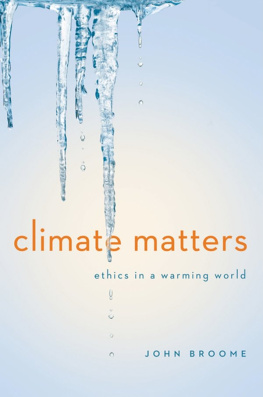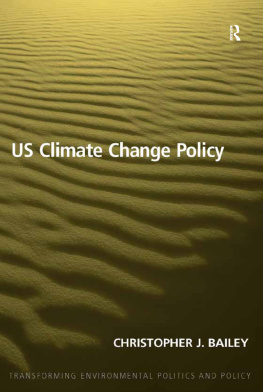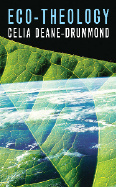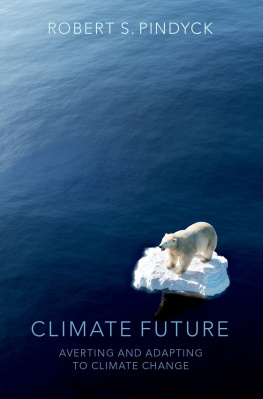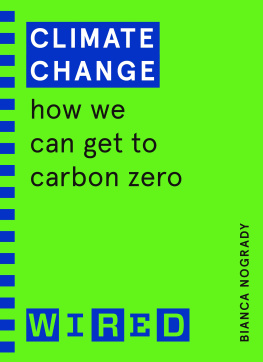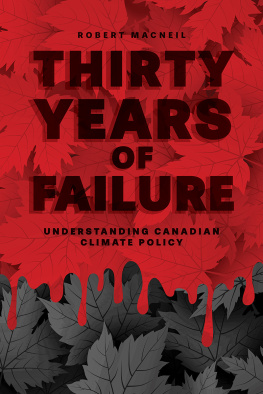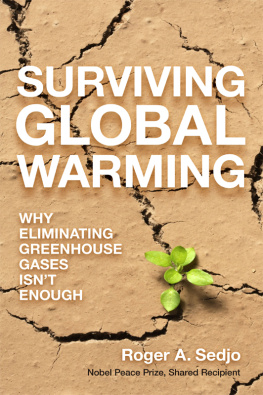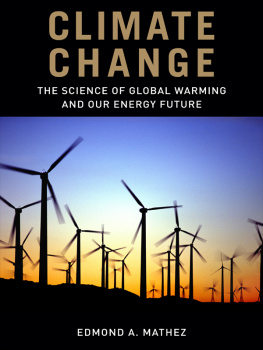
AMNESTY INTERNATIONAL
GLOBAL ETHICS SERIES
General Editor: Kwame Anthony Appiah
In December 1948, the UN General Assembly adopted the United Nations Declaration of Human Rights and thereby created the fundamental framework within which the human rights movement operates. That declarationand the various human rights treaties, declarations, and conventions that have followedare given life by those citizens of all nations who struggle to make reality match those noble ideals.
The work of defending our human rights is carried on not only by formal national and international courts and commissions but also by the vibrant transnational community of human rights organizations, among which Amnesty International has a leading place. Fifty years on, Amnesty has more than two million members, supporters, and subscribers in 150 countries, committed to campaigning for the betterment of peoples across the globe.
Effective advocacy requires us to use our minds as well as our hearts; and both our minds and our hearts require a global discussion. We need thoughtful, cosmopolitan conversation about the many challenges facing our species, from climate control to corporate social responsibility. It is that conversation that the Amnesty International Global Ethics Series aims to advance. Written by distinguished scholars and writers, these short books distill some of the most vexing issues of our time down to their clearest and most compelling essences. Our hope is that this series will broaden the set of issues taken up by the human rights community while offering readers fresh new ways of thinking and problem-solving, leading ultimately to creative new forms of advocacy.
FORTHCOMING AUTHORS:
John Ruggie
Philip Pettit
Sheila Jasanoff
Martha Minow
Also by John Broome
The Microeconomics of Capitalism
Weighing Goods: Equality, Uncertainty and Time
Counting the Cost of Global Warming
Ethics Out of Economics
Weighing Lives
CLIMATE MATTERS
Ethics in a Warming World
John Broome

W. W. NORTON & COMPANY
NEW YORK LONDON
For Ann
CONTENTS
Chapter 1
Introduction
T he Arctic is melting. The ice sheet that covers Greenland is thinning and sliding toward the sea. Air that has been warmed by the greenhouse effect melts its top surface; meltwater leaks through fissures to the ground; and there it lubricates and speeds the seaward flow of glaciers. Where glaciers meet the sea, warming water breaks up the ice at an increasing rate, which also speeds the glaciers.
At sea, ice floating on the Arctic Ocean is vanishing rapidly. The average area of sea that is frozen in summer has shrunk by about one-third since the 1970s. In the worst years so far2007 and 2011summer ice covered little more than half the area it covered in 1979, when satellite observation began. Its volume has diminished even faster than its area, Since floating ice shifts with the weather, a time is likely to come within only a few years when there is no ice at the North Pole.
In September a few decades from now, our rich, colorful planet will display to a traveler in space only one white polar ice cap instead of two. There could hardly be a more potent symbol of what human beings are doing to our climate than the destruction of one of the Earths ice caps. It should teach us how large the unforeseen consequences of our acts can be. Since its cause is principally our burning of fossil fuel, it should make us fear what might be the next result of continuing in the same way. But avarice has overcome fear. The surrounding nations see the retreat of ice as an opportunity to extract from beneath the Arctic Ocean yet more supplies of oil and gas to burn. They are competing with each other for territorial rights, and already sending out rigs to drill in those dangerous waters.
The Arctic is especially sensitive to climate change for a simple reason. When sunlight falls on snow and ice, most of its energy is reflected back into space, but when sunlight falls on water, most of its energy is absorbed. So as the Arctic loses ice, it absorbs more heat, which in turn melts more ice. Global warming is amplified in the Arctic by this feedback. Arctic temperatures are increasing at about twice the global average rate. The Arctic is a bellwether for what is happening to the climate of the Earth as a whole.
As well as conspicuously signaling the climates warming, the melting of the Arctic will itself have major effects on the rest of the world. Enough water is held as ice on Greenland to raise the sea level around the world by seven meters. If it melts, it will drown most of the worlds biggest cities. Much methane is locked up in permafrost around and under the Arctic Ocean, and warming may release it. Methane is a very powerful greenhouse gas, which will further accelerate global warming. The Arctic also drives the circulation of ocean water throughout the globe. Water at the surface of the far northern Atlantic is cold and salty. Because it is consequently dense, it sinks. In doing so, it pushes cold water south all the way along the bottom of the Atlantic and out into the Pacific and Indian Oceans. To replace it, warm water is drawn north from the Caribbean as a surface current in the Atlantic. The melting of Arctic ice will make the northern surface water less cold and less salty, so it is expected to slow the circulation of the oceans. This circulation transports vast amounts of heat around the world, and it affects the weather everywhere.
These global effects contributed virtually nothing to climate change, but they are among the first to suffer badly from its consequences. They are relatively few in number, but soon innocent people all over the world will find their ways of life, and their lives too, similarly threatened.
Take as an example the Inuit people of Greenland and northern Canada. The Inuit and their ancestors have lived for thousands of years in the extraordinarily harsh conditions that prevail north of the Arctic tree line. They survive only by being delicately attuned to their environment. They need to predict weather reliably, and understand the habits of the animals they hunt. Now they find the weather strange and unpredictable, and the animals no longer behave as they did. These changes expose them to new difficulties and dangers.
For instance, it now rains in winter. Rain alters the state of the snow and can make it impossible to build an igloo for shelter. Hunters have died because they could not find good snow for protection in a storm. Ice moves unexpectedly so that a hunter may find himself cut off from land. Travel on ice is harder because ice does not stay so long on lakes and the sea. The presence of floating ice used to prevent waves from forming, but now that there is less ice, storms are more dangerous and make it harder to travel by sea. In summer, the surface of land above the permafrost turns to impassable bog, and the boggy season now lasts longer, so travel on land is harder, too. Where food is scarce, travel is vital.
The Inuit hunt caribou, whales, seals, polar bears, and other Arctic mammals, as well as birds and fish. By coating the ground in ice, winter rain prevents caribou from reaching the lichen they eat. Probably as a result, the population of Peary caribou, which inhabit Inuit territory, has fallen from tens of thousands to a few hundred. Floating ice is necessary to the Inuits hunting. It forms an essential part of the habitat of polar bears and some species of seal. Female seals make lairs on the ice to give birth to their pups. Polar bears, which live mainly on seals, hunt for them along the edge of the ice and at the seals breathing holes. As spring comes, floating ice retreats northward and separates from land, and now it does so earlier each year. So each year it becomes harder for Inuit hunters to reach their ice-borne prey.
Next page
